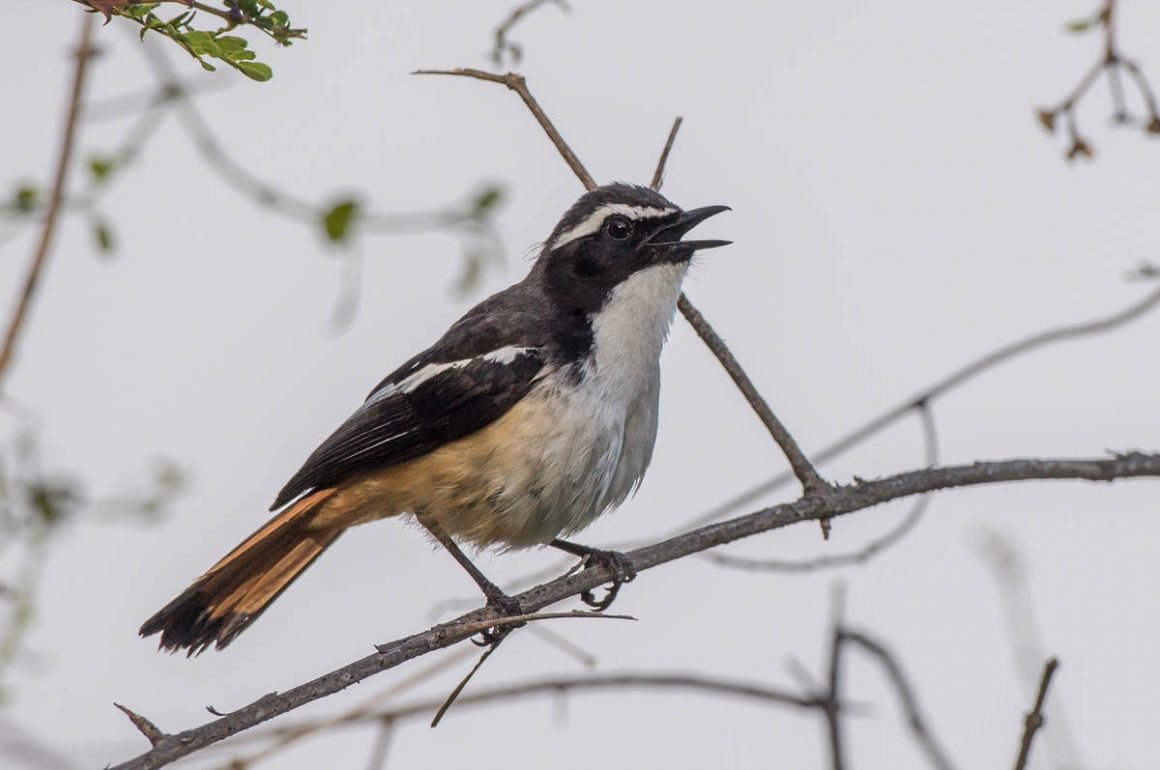
Say you are in Johannesburg for business, and you are really tired of sitting in the dark during the inevitable South African load shedding. What better remedy than driving an hour north for some serious birding? Much richer than the Cape in terms of species and with a variety of landscapes, Zaagkuildrift Road is an excellent place to visit for one or two days. The road meanders through sometimes very dense thornbush along the Pienaarsrivier stream. There are one of two smallish wetlands, access roads to the river, some larger trees and a few open fields. In the latter, we have seen a pair of Desert Cisticola feed a Diederik Cuckoo chick – apparently something special. Driving all the way through for 30 something kilometers you will reach Kgomo-kgomo, a small village on the floodplain. When flooded this wetland is worth a visit on its own. So much so, I will dedicate a separate post to it in 2025, I promise. One more New Year’s resolution: I will take more of my own pictures. For this post, I have relied once more on the 10000birds archives.
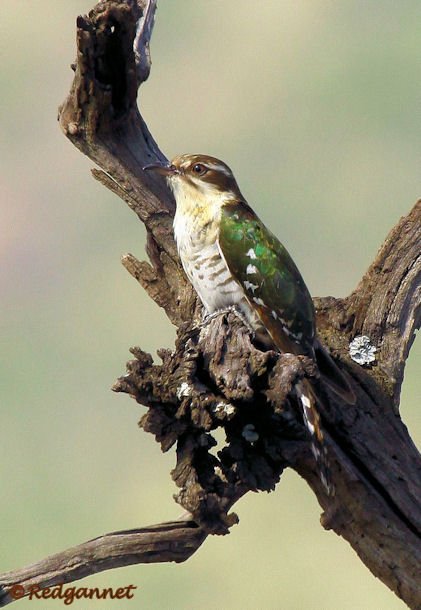
Zaagkuildrift Road is well birded and although there’s a bit of the Patagonia Picnic Table Effect the place is really very birdy – expect at least 50 to 100 species in a day. Case in point: my South African list contains more than 600 species, so I am facing diminishing returns. Despite the ever-increasing chance of not seeing a lifer, I have scored new species every time I visited (been six times). This is where I have first seen Bennett’s Woodpecker, Blue-cheeked Bee-eater, Scaly-fronted Weaver, Barred Wren-Warbler, Cape Penduline Tit and Great Sparrow. During the European winter months the road is good for northern migrants and while I have never seen an Olive-tree Warbler in Europe, I have seen it on this road – deep inside an Acacia shrub. My Capetonian birding buddy Bas and I watched a relaxed Harlequin Quail strutting its stuff for minutes. It behaved so contrary to the usual quail deportment that we doubted the identification!
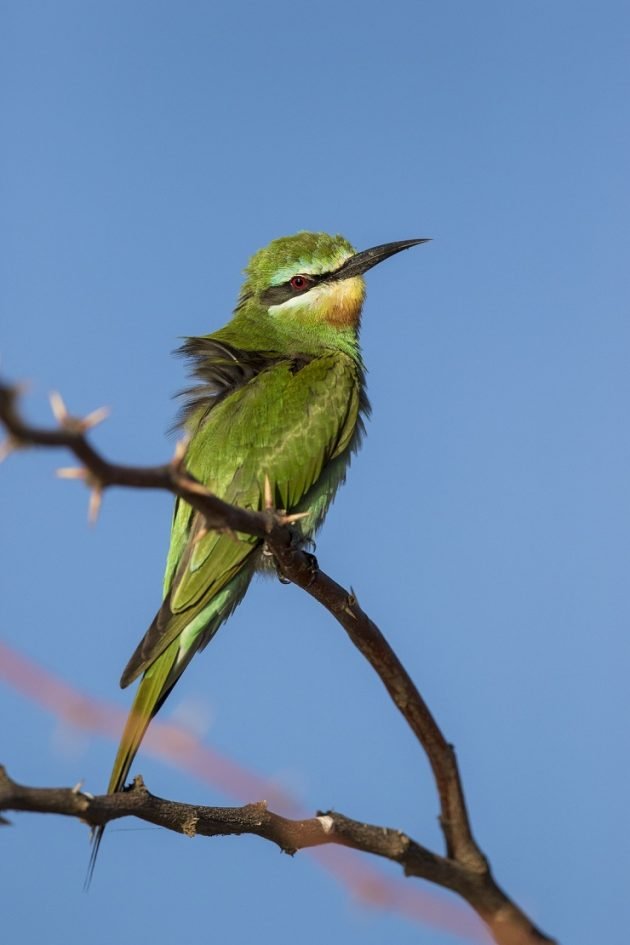
In most places around the world, any place with regular visitors like this road – even occasionally becoming a bit crowded – would feature a café or small restaurant. Not so in South Africa, so bring your own food and beverages. It is worth your while to spend a night in the area. I have never been to the upmarket lodge nearby but provide a comment if you have something to share. For accommodation in authentic bush style, I prefer to stay at Wolfhuiskraal Farm bush camp. This camp is a working cattle farm, it oozes an atmosphere of wilderness, it’s clean and strategically located. At night, after a braai and a good glass of South African wine you can listen for owls and nightjars, with Pearl-spotted Owlet almost guaranteed.
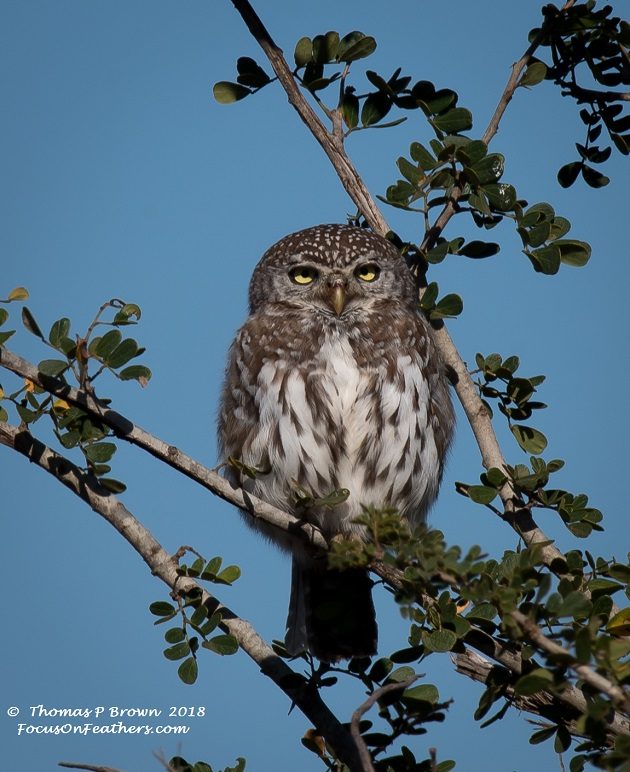


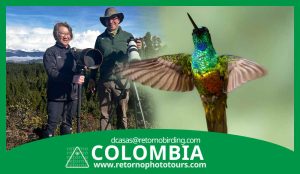


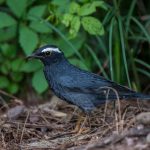
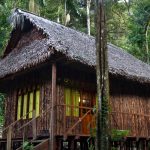
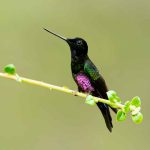
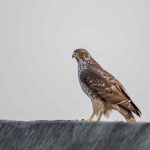

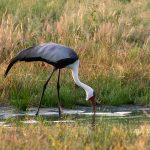

More of your own photos in 2025: Is that a threat?
So cool that you visited (and great you saw the Olive-tree Warbler)! I’ve been there twice when I lived in Pretoria and really love the place! Never seen the River Warblers though for which the place is known 🙂
Sending this from the lodge along the road, I’d describe us more as a comfortable retreat than an upscale luxury stopover. Our entire lodge is thoughtfully designed with bird enthusiasts in mind, and we take great pride in being one of the premier birding destinations in South Africa. It would be our privilege to invite you to experience birding on our property during your next visit to the area. Nestled on the floodplain itself, the lodge offers exceptional opportunities for incredible birdwatching.
@Farrah Hattingh – I will take you up on that offer. Especially, since I promised to write about the floodplain… Thanks for the additional information for our readers.